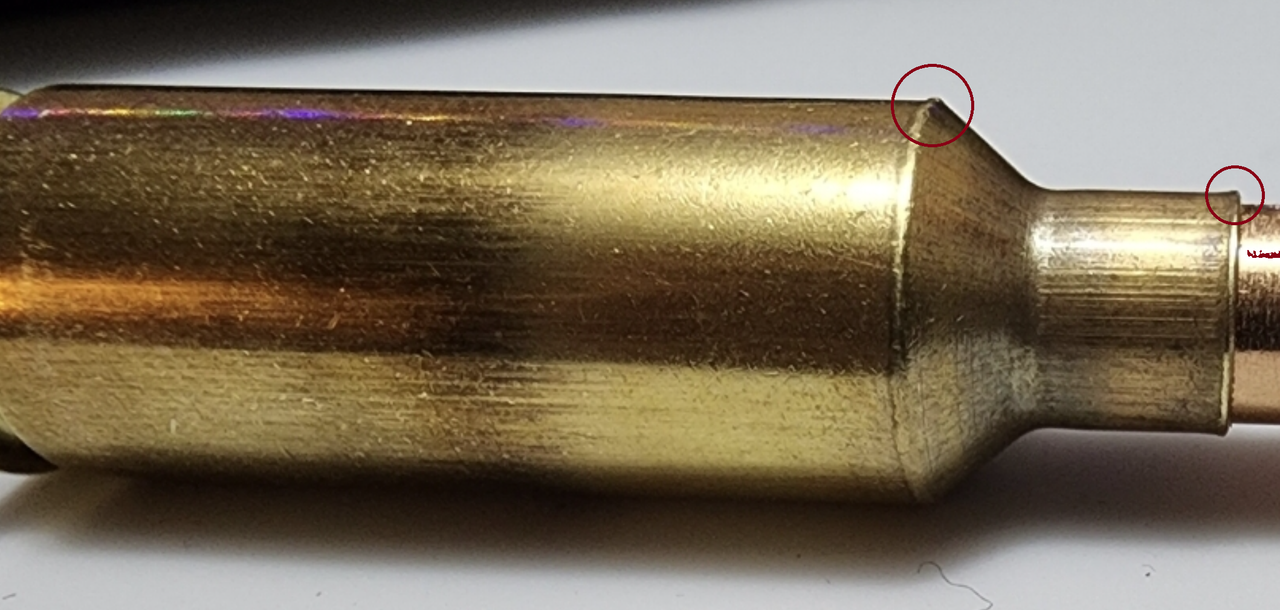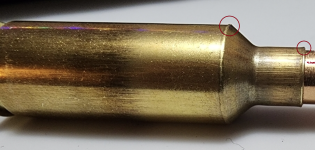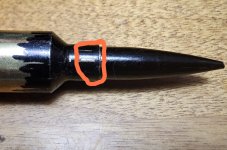Using 6 Dasher in Zermatt Origin
After 3x firing, I verified that the brass won't chamber in so I bumped the shoulder.
After bumping the shoulder and without seating a projectile, I verified that the brass was chambering without too much (or any) resistance on the bolt. So, I proceeded to load the rounds (primer, charge and seat).
Now that a projectile has been seated, I took the firing pin out to verify, and it won't chamber. I also verified that none of the rounds that I loaded can be chambered, which without the projectile they were. The bolt simply wouldn't close, even with significant pressure.
First thing I thought, the projectile is seated too long. I compared the case to a dummy round I keep on the bench, it's slightly less than the dummy round's datum and cartridge base length, which chambers with just a hint of pressure.
Any idea what's wrong that I am doing and how do I fix this?
Edit:
Took a fresh round (unseated) that chambers with 0 pressure on bolt. Charged it and seated. It does chamber in but there is a little resistance. Also, there's some stuff mark on the projectile.

After 3x firing, I verified that the brass won't chamber in so I bumped the shoulder.
After bumping the shoulder and without seating a projectile, I verified that the brass was chambering without too much (or any) resistance on the bolt. So, I proceeded to load the rounds (primer, charge and seat).
Now that a projectile has been seated, I took the firing pin out to verify, and it won't chamber. I also verified that none of the rounds that I loaded can be chambered, which without the projectile they were. The bolt simply wouldn't close, even with significant pressure.
First thing I thought, the projectile is seated too long. I compared the case to a dummy round I keep on the bench, it's slightly less than the dummy round's datum and cartridge base length, which chambers with just a hint of pressure.
Any idea what's wrong that I am doing and how do I fix this?
Edit:
Took a fresh round (unseated) that chambers with 0 pressure on bolt. Charged it and seated. It does chamber in but there is a little resistance. Also, there's some stuff mark on the projectile.

Last edited:







